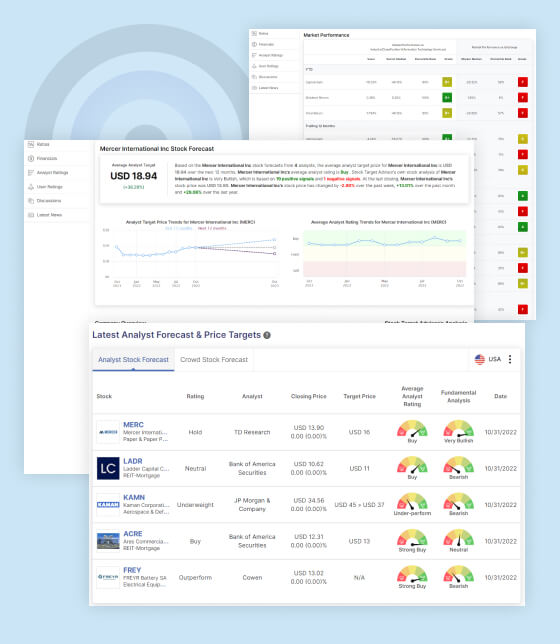Fundamental Analysis
Written by: Investors Compass
SVB Financial, the parent company of Silicon Valley Bank (SVB), which primarily serves start-ups and venture-capital firms, suffered a collapse due to a surge in deposits generated by its clients during the pandemic. The bank invested the excess cash in “safe” assets such as longer-term U.S. Treasuries and government-backed mortgage securities. However, the value of these securities declined as market interest rates rose, leading to significant unrealized losses.
SVB experienced a shift from deposit inflows to outflows as clients depleted their funds and halted new public offerings or fundraisings, resulting in higher costs for attracting new deposits. The situation escalated when the bank disclosed the sale of a significant portion of its securities worth $21 billion, resulting in a loss of approximately $1.8 billion after taxes.
The announcement caused the bank’s stock price to plummet, making it more difficult for the bank to secure capital. According to reports, venture-capital firms also advised their portfolio companies to withdraw their deposits from the bank. As a result, on March 9, customers attempted to withdraw $42 billion of deposits, leading to the bank running out of funds.
Risks of “Safe” Investments
The situation faced by Silicon Valley Bank can be compared to the financial crisis of 2008, which was triggered by the collapse of Lehman Brothers. In both cases, the banks invested heavily in assets that were supposed to be safe but turned out to be more volatile than expected. The collapse of SVB Financial highlights the risks associated with investing in “safe” assets and the importance of understanding the volatility of the markets in which investments are made.
Collapse of Lehman Brothers in 2008
Lehman Brothers had invested in mortgage-backed securities that were tied to subprime mortgages. When the market interest rates rose sharply, the value of these assets dropped, and the bank faced substantial losses. This led to a run on deposits as customers withdrew their funds, ultimately leading to the bank’s collapse.
Collapse of Long-Term Capital Management in 1998
Another example of a similar situation is the collapse of Long-Term Capital Management (LTCM) in 1998. LTCM had made large bets on the bond market, specifically on the relationship between the yields of U.S. Treasuries and other government bonds. However, when the Russian government defaulted on its debt in August 1998, global financial markets experienced a shock that led to a significant increase in volatility. This caused the value of LTCM’s positions to decline rapidly, leading to substantial losses and the fund’s collapse.
What are the Lessons Learned
The common thread between these examples is that financial institutions had invested in assets that were thought to be safe but were actually much more volatile than anticipated. When market conditions changed, the value of these assets declined rapidly, leading to substantial losses and, in some cases, the collapse of the institutions themselves. This highlights the importance of understanding the volatility of the markets in which investments are made and the risks associated with “safe” investments.
Also, when it comes to financial stocks, it seems prudent not to put all of your eggs in one basket, as you could wake up one day to see much of your money evaporate.
Nonetheless, it seems like depositors will be able to get their money back, as U.S. regulators have stepped in.
Authors: Investors Compass

































